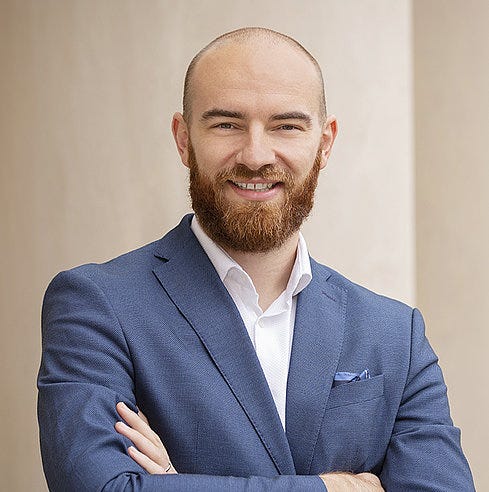Defeating Death is Good
It's a struggle as old as humanity itself, but is there good news on the horizon?
The quotes are quite numerous:
Death and taxes…
Death smiles at us all, but all a man can do is smile back
And my favorite:
I've seen things you people wouldn't believe. Attack ships on fire off (the) shoulder of Orion. I watched C-beams glitter in the dark near the Tannhäuser Gate. All those moments will be lost in time, like tears in rain. Time to die.
Researchers at Yale School of Medicine have achieved something previously thought impossible: the restoration of cellular activity in post-mortem brain tissue. In simpler terms, they have brought the activities of life to what is dead.
This groundbreaking work, led by neuroscientist Zvonimir Vrselja, demonstrates an unprecedented capacity for brain tissue restoration hours after death, opening new frontiers in neuroscience and medical research.
We are only in the proof-of-concept stage of this, and we’re only talking about pig brains. But it portends something quite magical.
Dr. Vrselja and this research team have developed an innovative system that combines the repeated rhythmic insertion and permeation of a haemoglobin-based solution through brain system. This liquid solution is remarkable in its complexity (one word used (amongst many) to describe it is echogenic. Echogenic! Able to produce echoes!) and is designed to address multiple aspects of post-mortem tissue degradation.
These results are nothing short of extraordinary. Upon starting their process, the researchers quickly observed immediate responses in the once dead tissue: the color went from grey to pink, indicating restored circulation, the neurons began to exhibit metabolic activity patterns remarkably similar to those observed in living tissue. Beyond these two signals, the system recuperation showed further progressive changes:
- Prevention of damage from oxygen loss
- Management of cerebral edema
- Support of the brain's metabolic energy requirements
- Preservation of critical brain architecture
- Restoration of key brain functions and responses (vascular and glial)
The answer to the question I’m sure you have is yes. Dr. Vrselja and his team have now begun applying these techniques to human brain tissue, approaching this new frontier with appropriate scientific rigor and ethical consciousness.
"We are trying to be transparent and very careful because there's so much value that can come out of this," Vrselja explains and understates.
The practical applications are profound and multifaceted. This technology could revolutionize drug development by providing a platform for testing new treatments on functional human brain tissue. The preservation techniques are already finding applications in organ transplantation, potentially extending the viability window for donor organs. On the shortest term is the potential application in emergency medicine, where these techniques might help save individuals on the brink of death.
The development represents a watershed moment in neuroscience, one that may revolutionize our approach to brain death, tissue preservation, and cognitive development. As Dr. Vrselja’s research continues, we may soon be at a threshold. One of potentially transformative medical advances.
Working to solve the problem of death?
Yeah. That’s good.






